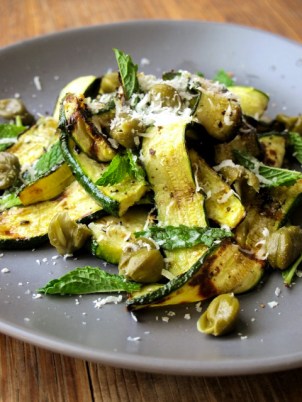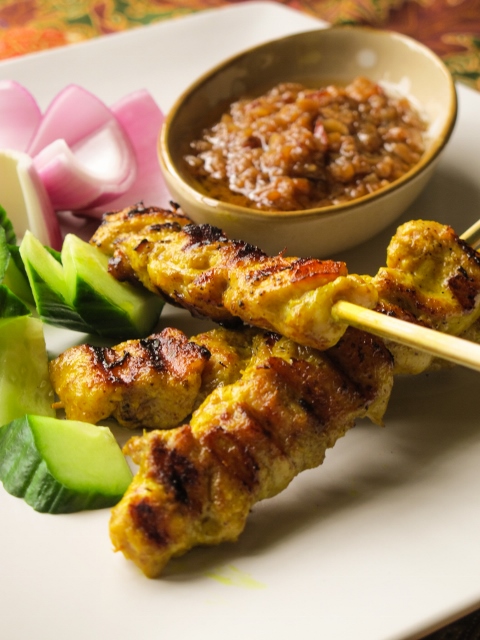
Burgers are, without doubt, this year’s sushi.
Yes it is official, the Foodie Overlords have decreed that burgers are just too cool for school and I am, quite literately, lovin’ it. I’m not sure what the exact reasons are for this up-swing in the humble burger’s popularity, but it is way overdue and long may it continue! So to whomever designated 2015 the Year of the Burger, I just want to say a hearty thank you!
So okay yes I am supposedly avoiding carbs these days, but burgers have always been my Achilles Heel and, as such, one of my favourite cheat-meals…but I know I’m not alone. In terms of Western food, there is nothing quite as satisfying or as iconic as a good burger. Their popularity is almost universal and enduring, in spite of fast-food’s attempts at turning us against them (no, I don’t consider a Big Mac a real burger – I scarcely consider it food)!
But what is it about burgers that keep us coming back for more? Is it their irrepressible retro-Americana charm? Maybe its the sheer “junk-food” decadence that burgers came to represent in the 90/00’s; a symptom, if you will, of the “mum says don’t eat it, so I want it more” syndrome? I just don’t know, but I will tell you this: a good burger is damn hard to beat!
Of course, with renewed popularity comes the inevitable desire for ‘reinvention’. It happens to even the noblest of foods: sushi got cream-cheesed & biltonged, smoothies got iced & goji-berried, coffee got lost in soya & hazelnut and now, burgers have become classy.
Now don’t get me wrong, there is absolutely nothing wrong with a classy burger; I even have a few concoctions of my own that I wish to share (wait till you try my miso butter, goats cheese & mushroom burger!). With hordes of hip burgers-bars popping up all over the place, the market is awash with every kind of burger you can imagine. These days you can’t seem to get away from the promise of wagyu patties, truffled mayo and unmani ketchup – all utterly delicious, but all utterly superfluous to the crafting of the perfect burger. Seriously, enough already. The Fonz lived without chipotle salsa and trice-cooked fries and so will you! So whilst I appreciate the ingenuity of some of the more outlandish toppings offered, burgers are at heart the epitome of unpretentious eating and we must never lose sight of that.
Okay, so what does maketh the perfect hamburger then?
For me it is all about doing the basics well. Sure you can add cheese, gherkins, bacon into the mix, but all that extra stuff comes down to preference and taste. The essential building blocks of a true hamburger are simply these: a homemade flame-grilled patty slavered in a decent basting sauce, a quality sesame bun which has been lightly toasted and the Holy Trinity of Burger Toppings being ice-berg lettuce, sliced tomato and onions.
Finished and klaar.
Click here for the recipe









